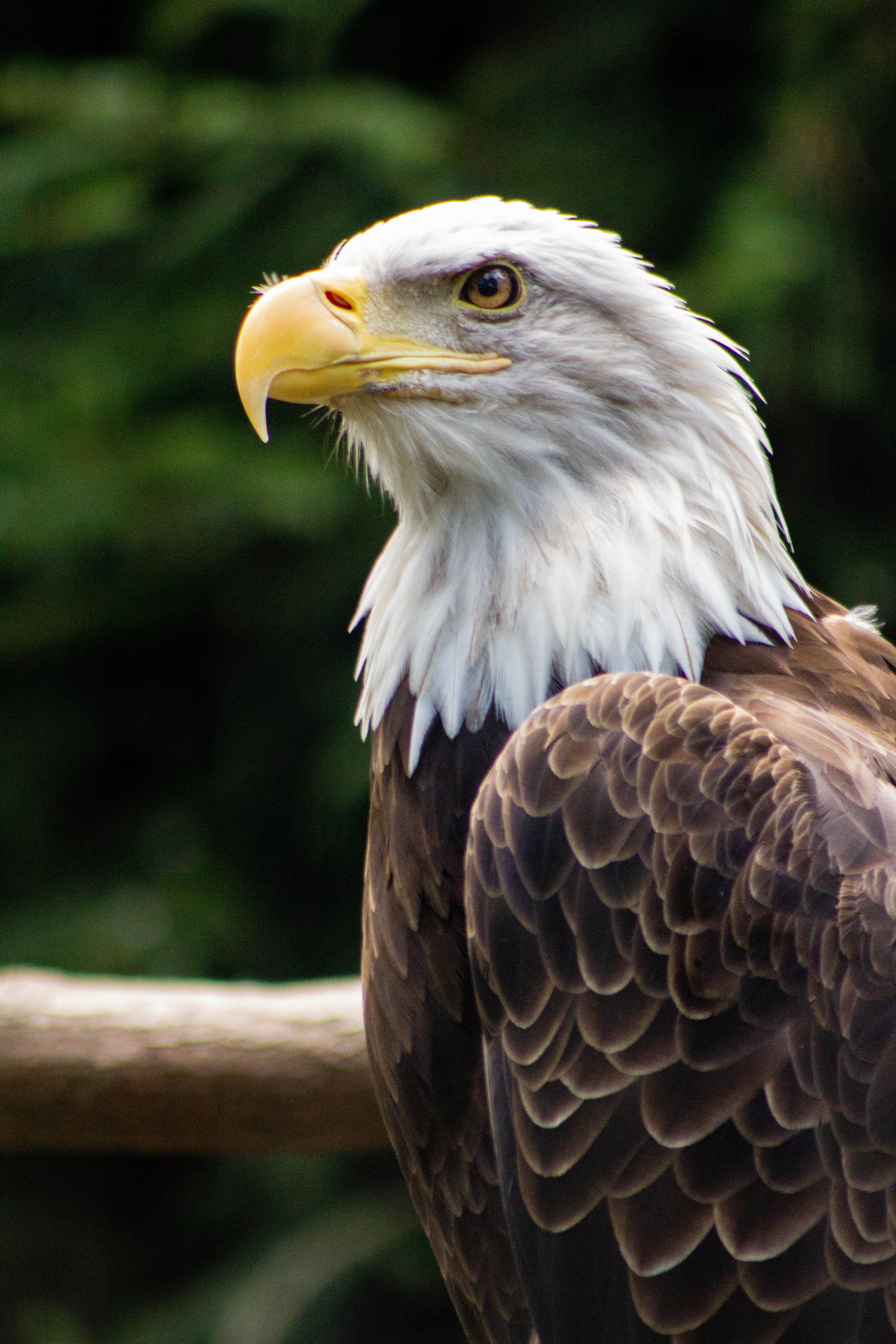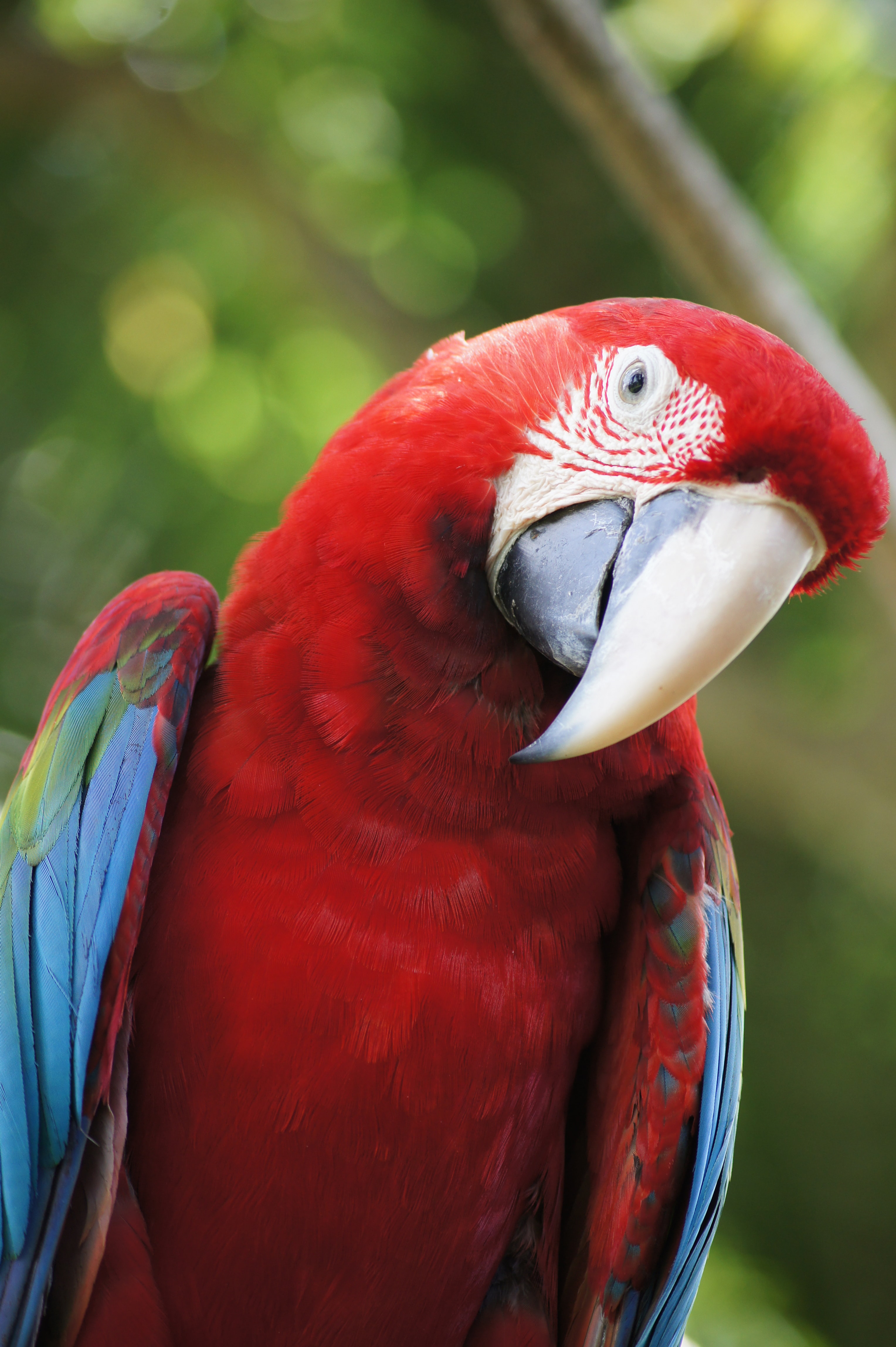Whenever the topic of middle school comes up, just about every adult I know swears they’d never go back to that time in their life. It’s kind of a dizzying moment in everyone’s life where navigated puberty at different speeds, transitioned to become more independent and having to change classrooms and teachers several times a day — each one accompanied by the teacher’s individual teaching styles and rules to abide by.
And now we have a pandemic thrown on top of it, forcing teachers, students and parents to get through this already challenging time with an extra layer of anxiety thrown into the mix.
As an adult, I took a handful of Human Resource Organizational Psychology courses to help in subjects like “time management,” “working relationships” and even once took a class called “dealing with difficult people.” I can’t tell you how many times I had thought about how much these programs and the self awareness that I experienced it would have saved me when I was in middle school.
One of the assessments still used today is called DISC. The letters represent four different styles of working, reacting to stress and communication. The letters stand for Dominant, Interactive, Supportive, Conscientious and each sits in its own box that forms a quadrant. Above the line are fast-paced, verbal individuals while below the line are more reserved and even-paced people. If you fall to the right of center, you are more people oriented. To the left of center, you are more task oriented. Many times, we are a combo of 2 or more.
WHAT KIND OF BIRD ARE YOU?
A quicker way to understand these is through a website called TakeFlightLearning.org which presents the DISC styles as birds (eagles, parrots, doves and owls) to further demonstrate the four styles and characteristics.
Read on to see if you can identify your child, yourself and think about how these styles will behave in situations like sitting through a class in person or online or following through on homework assignments, studying for a test or general socialization in unfamiliar settings.
Once your child becomes familiar with these personality types, check back in to see which teacher is which bird and use that knowledge to help when subjects are challenging. This is something you can also use to help with communication in families and at work.
So, what kind of bird are you?:
D (dominance) are eagles.

They see big picture and are focused on solving problems
Under pressure they may:
Become impatient
See things in black and white
Exceed authority
Get tunnel vision on accomplishing a task
Best ways to communicate with them:
Be prepared and organized
Be clear, specific and to the point
If you disagree with them, focus on the facts
I (influence) are parrots.

They are interested in how we relate to people.
Under pressure they may:
Become frazzled and unorganized
Not listen
Become even less interested in details
Verbally attack
Best ways to communicate with them:
Ask about their ideas and goals
Allow time for relating and socializing
Help them get organized and put details in writing
S (steadiness) are doves.

They desire calm pace and energy level
Under pressure they may:
Resist change
Nod even when they disagree
Worship status quote
Become fearful and hesitant in changing environments
Best ways to communicate with them:
Don’t force them to make a quick response
Break the ice with some personal comments
Listen and be thoughtful and inquisitive with your responses
C (compliance) are owls.

They are focused on rules and procedures.
Under pressure they may:
Fear making mistakes
Go into “analysis paralysis”
Get stuck in set way of doing things
Prefer to work alone
Best ways to communicate with them:
Ask if they see the issue the same way as you do
Provide them with info and time to make unrushed decisions
Recognize they may be uncomfortable speaking to large groups
SOARING HIGH
Anxiety is often ignited by feeling powerless or not having control over the future. However, if a child knows and understands his/her/their DISC style everything becomes more clear especially when they learn to identify the style in their classmates and their teacher too.
DISC style can help with work tendencies, desired environment, motivators, communication tips and best approach to handling conflict. This kind of awareness can really help a student thrive more at school if they understand themself and those they are having to work with and communicate with on a daily basis.
So while your child may or may not have to deal with remembering the locker combination, getting to the next classroom in a timely manner, submitting homework through a portal or learning how to adapt to their ever-changing world, they will at least have a better understanding of what motivates them and where they may want some support so that they can really soar above and beyond.


